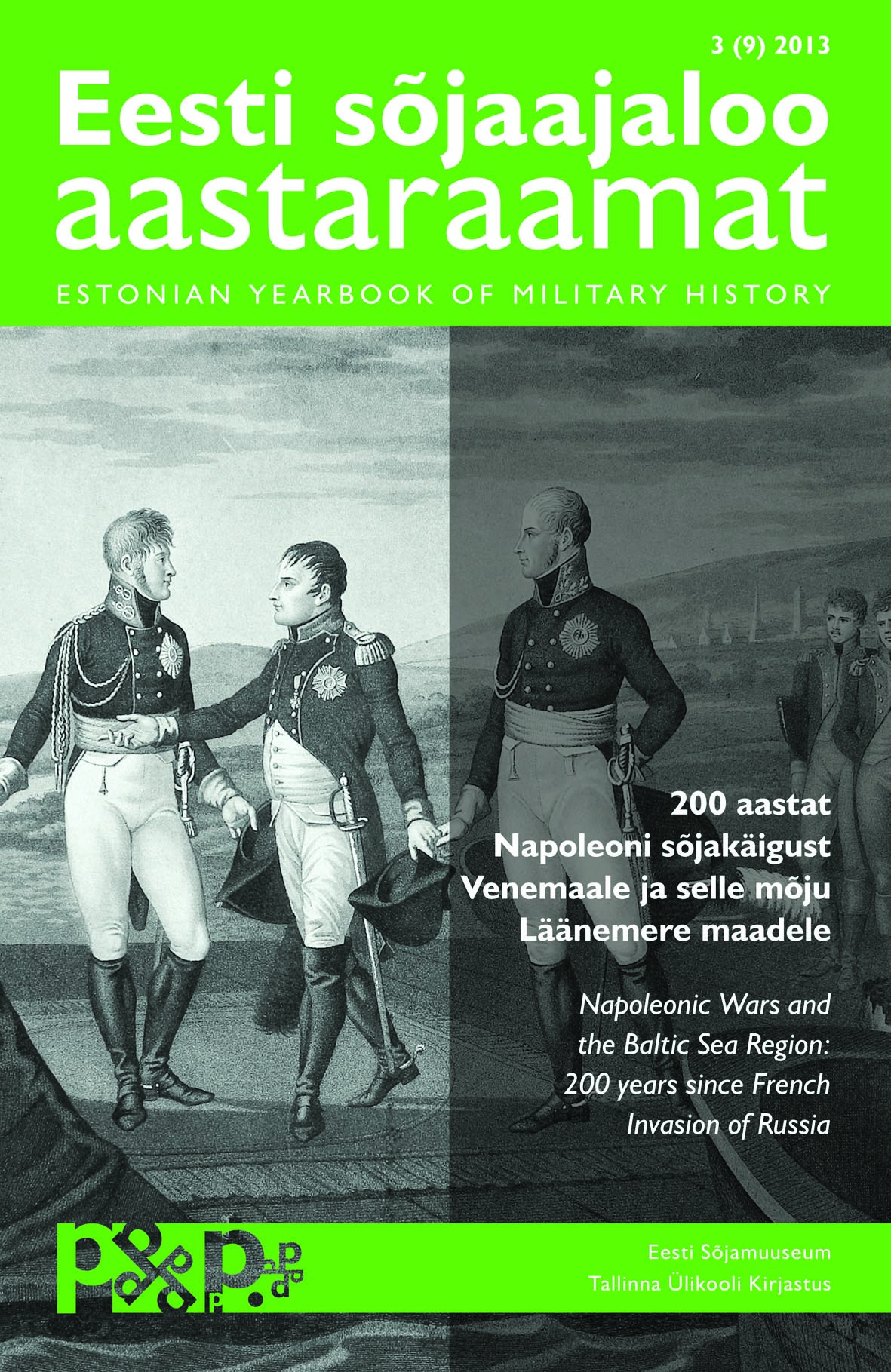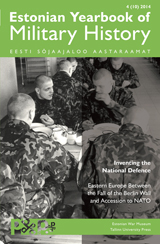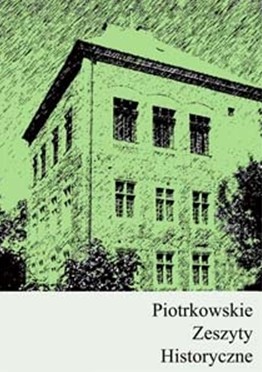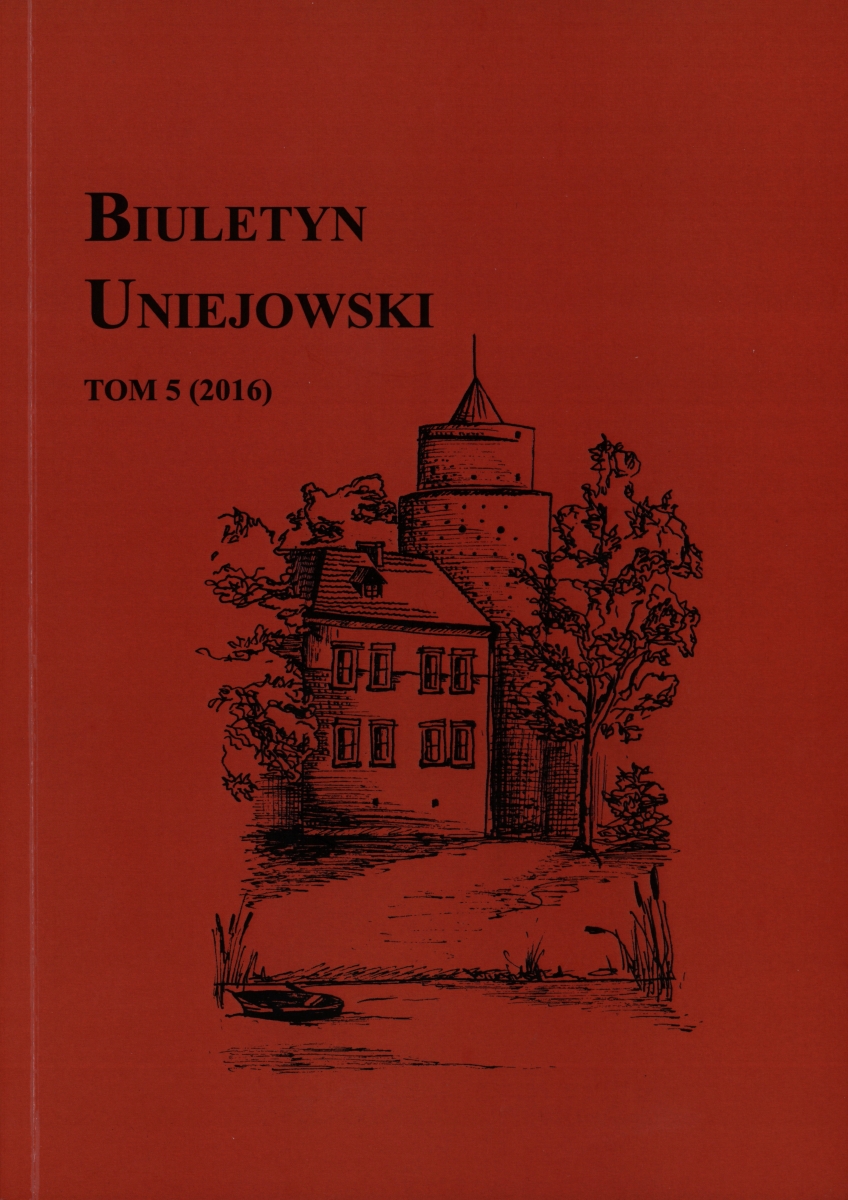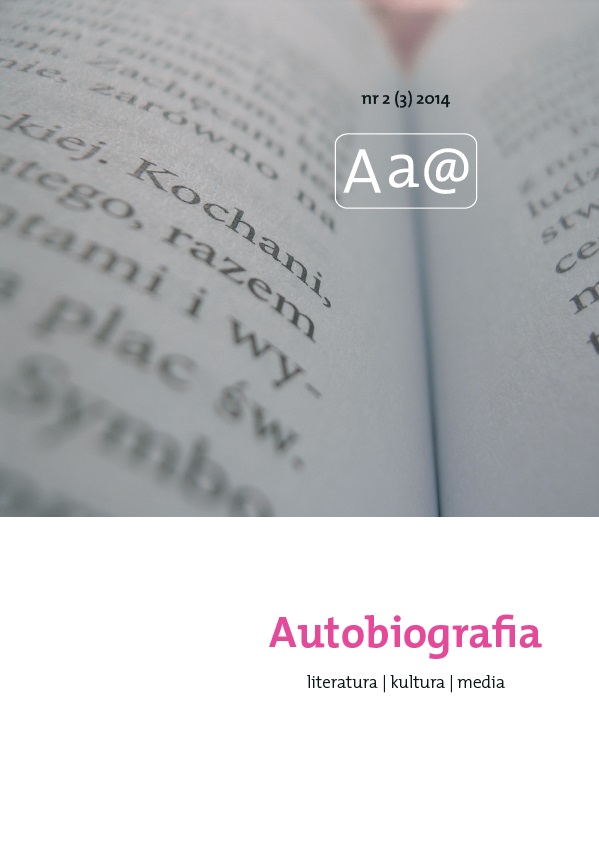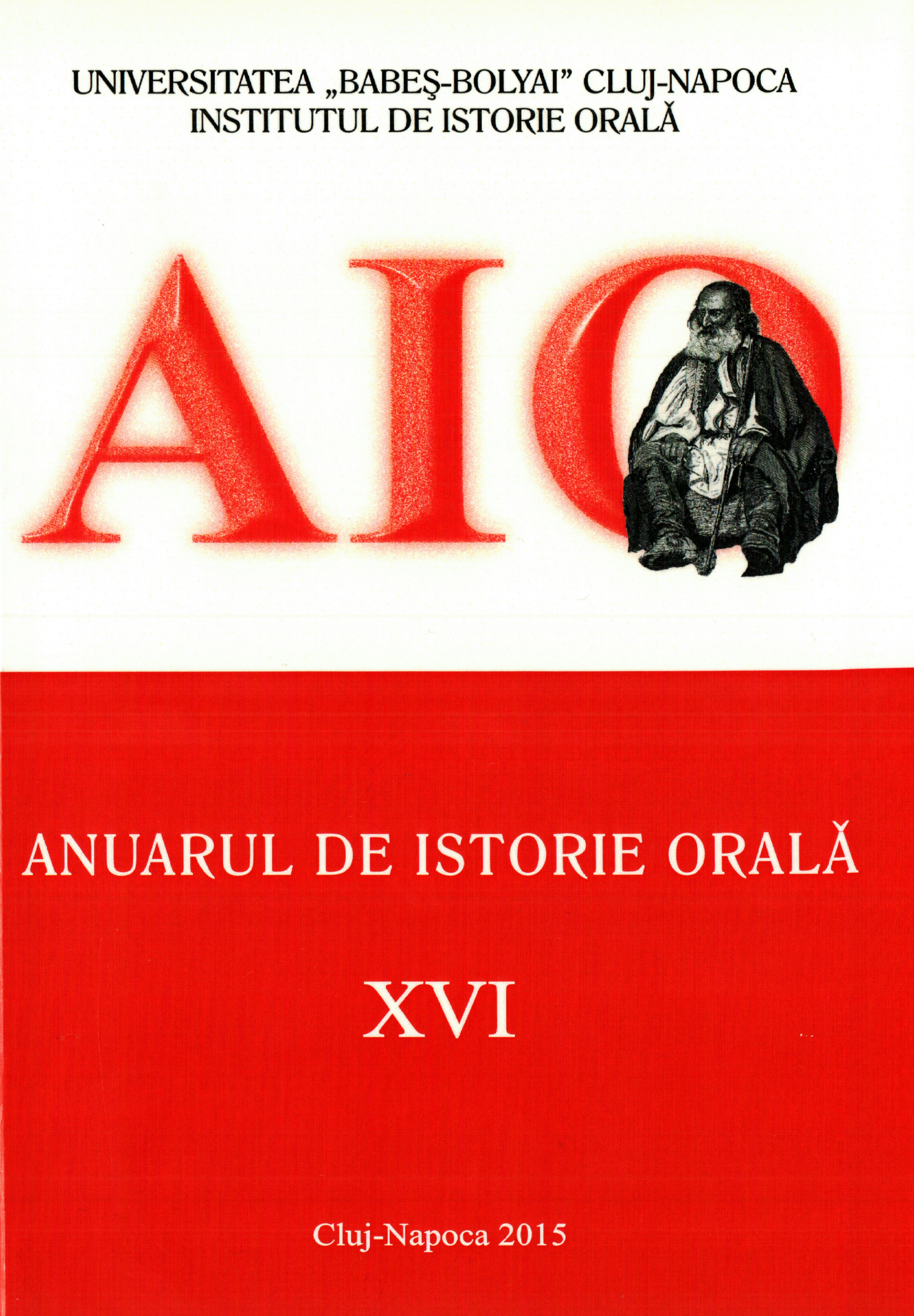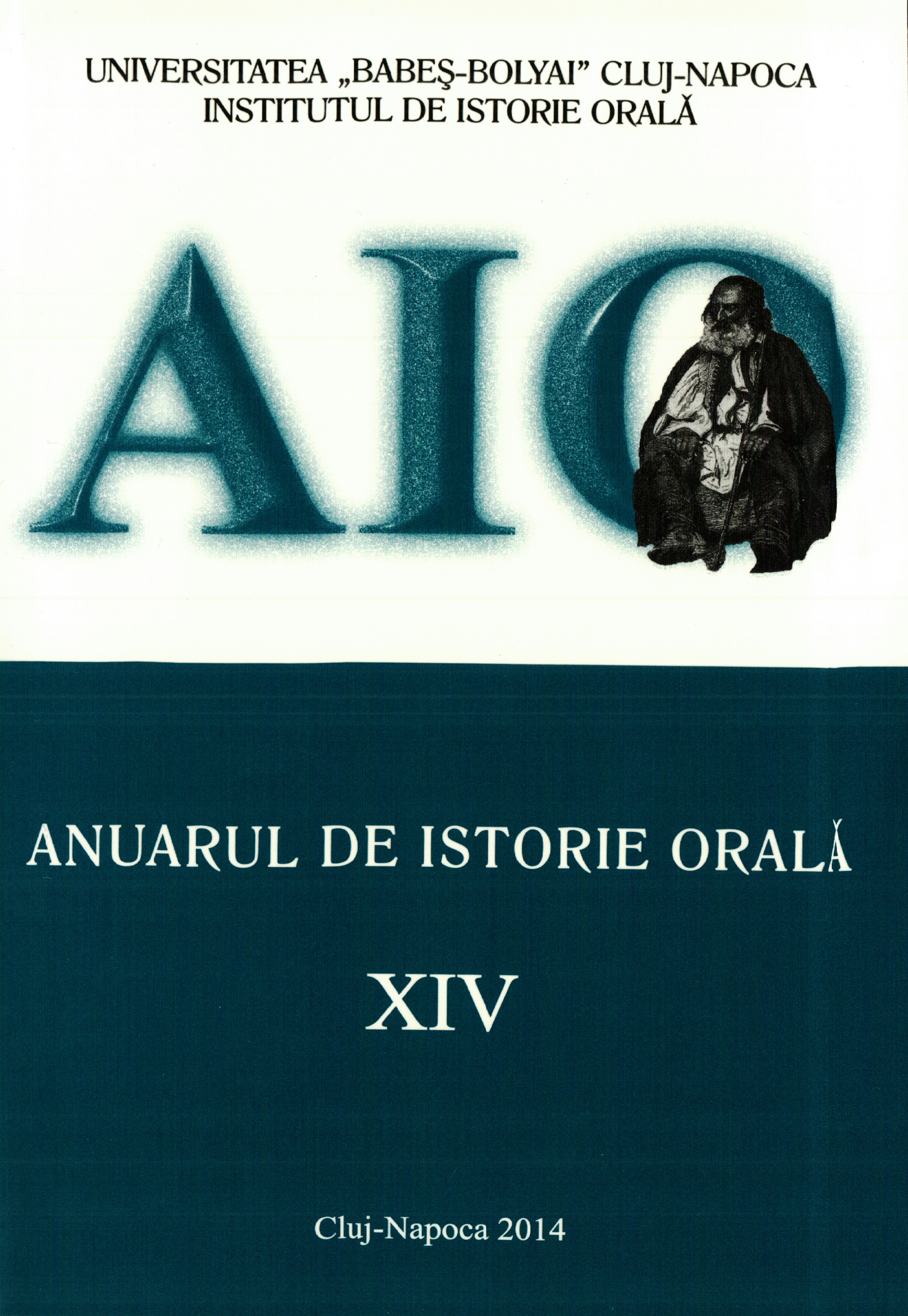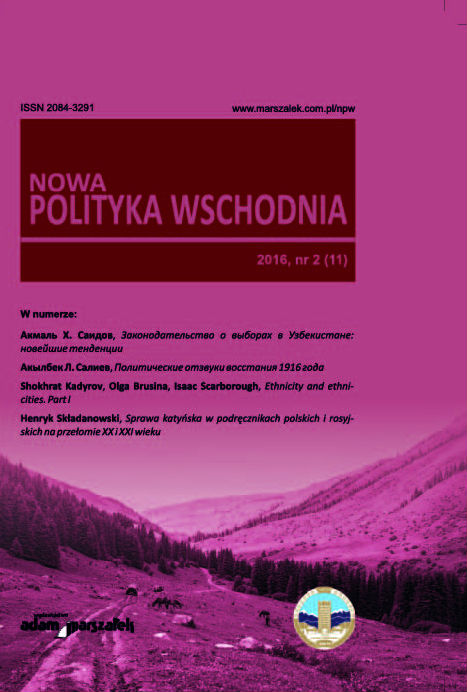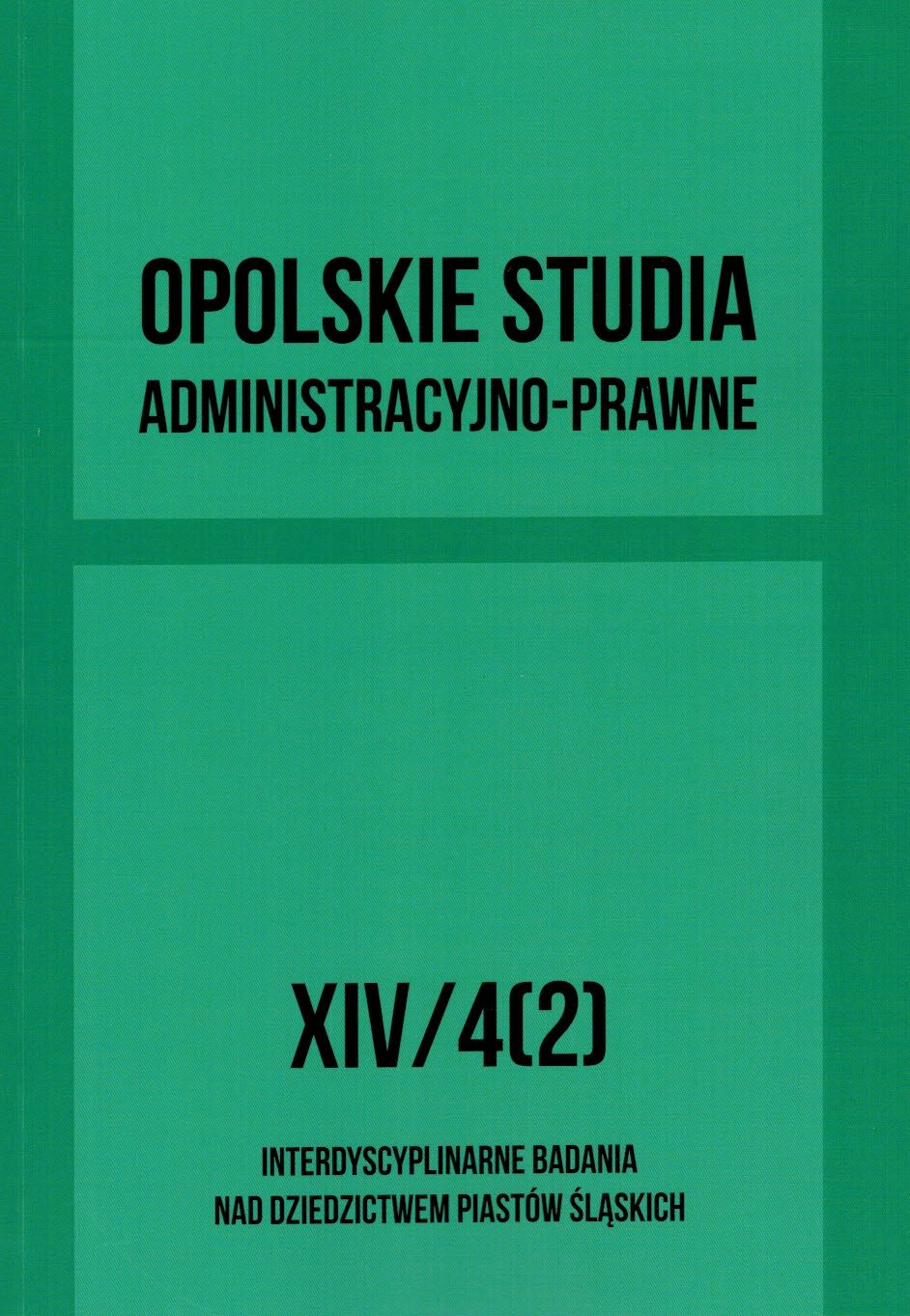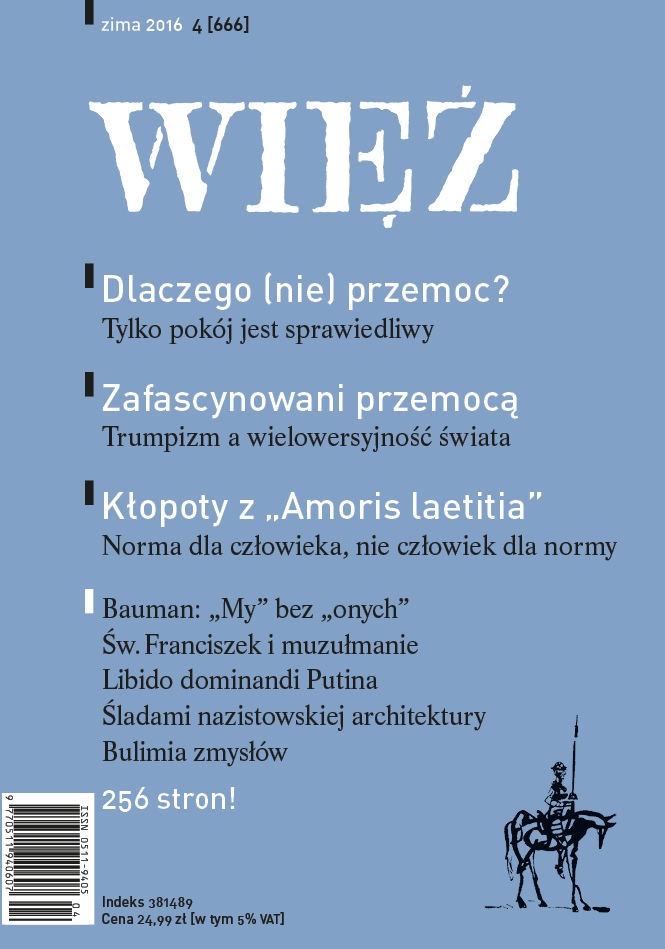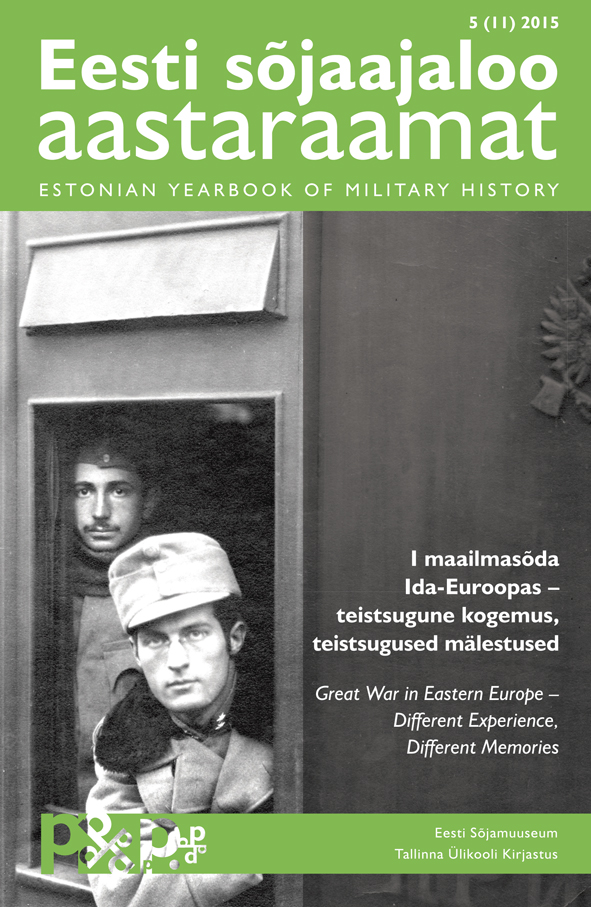
Esimese maailmasõja algus Eestis. Võim ja ühiskond
In 2014, many countries in the world commemorated the centennial of World War I. This inspired widespread discussion on how the past is assessed and how historical memory is generated. Until recently, the focus of research was on the military and political aspects of World War I, whereas newer publications indicate that the social and economic history of the war is also now being tackled. While the circumstances causing the great powers who fought in World War I to join the war, as well as subsequent events, are by now rather clear, the wartime situation in the European countries that were born after the war in the territories of former empires is still largely unknown. One such country is Estonia, which formed part of the Russian Empire in 1914 and was divided between the Province (Governorate) of Estonia and northern part of the Livonian province. How did Estonia receive the news of World War I, how did the nation’s mood differ from that of the Empire’s capital, a couple of hundred kilometres to the east,and how did the war affect life in the governorates – all these questions are explored in this article. (Longer version of the abstract in English is included in the article, starting from p 42.)
More...
